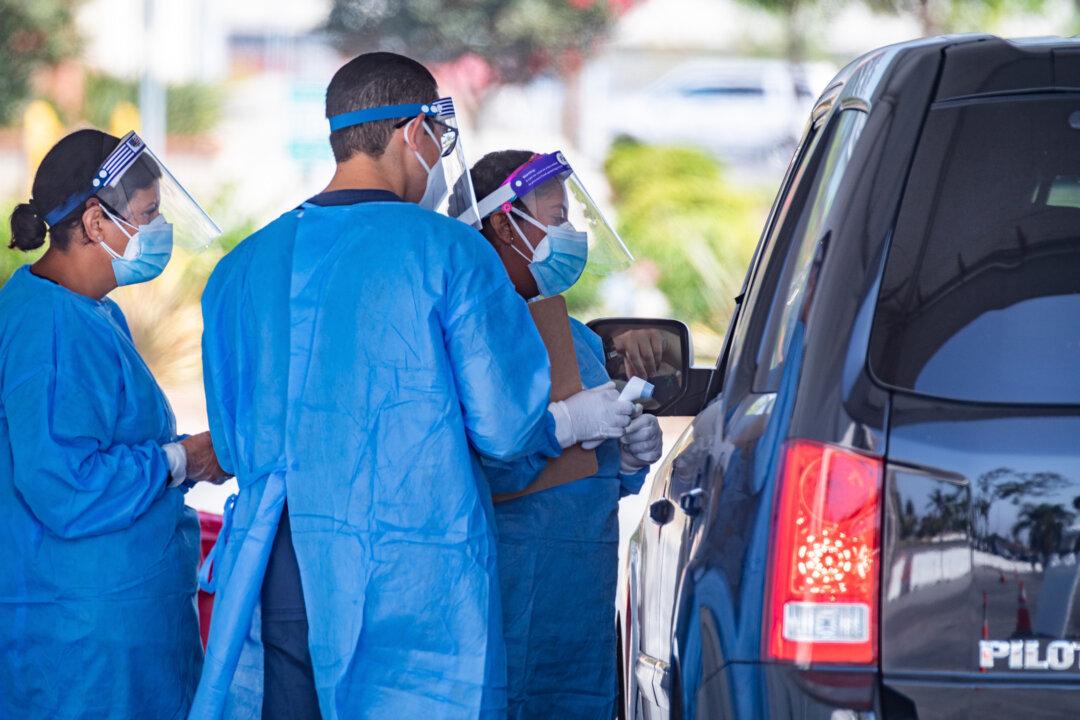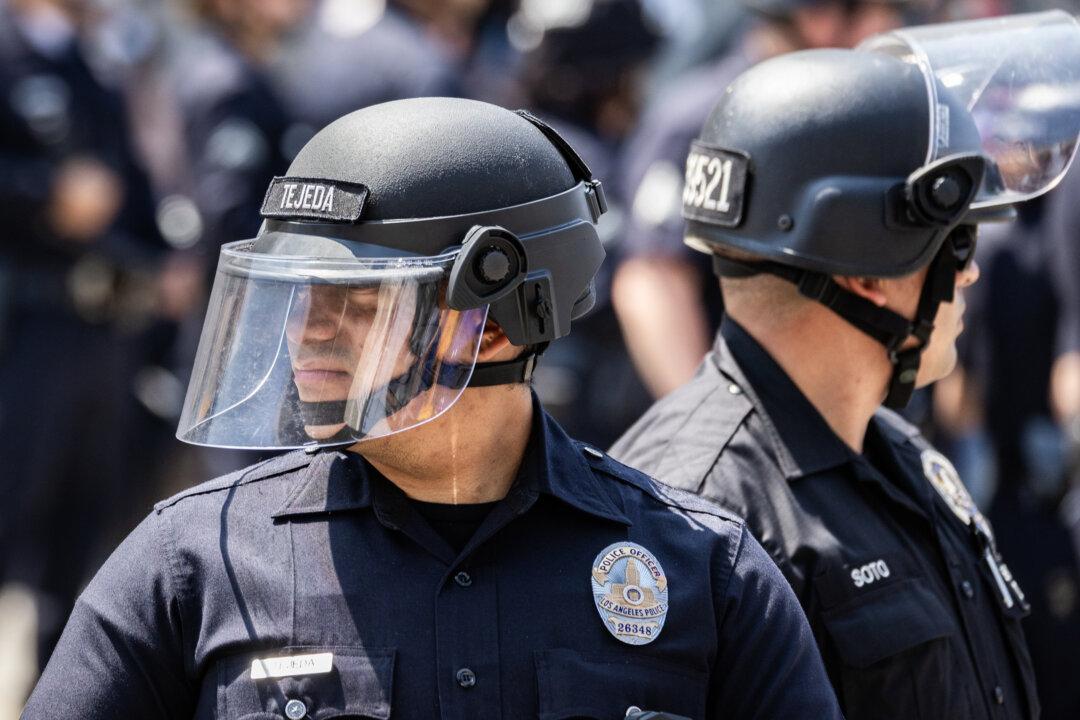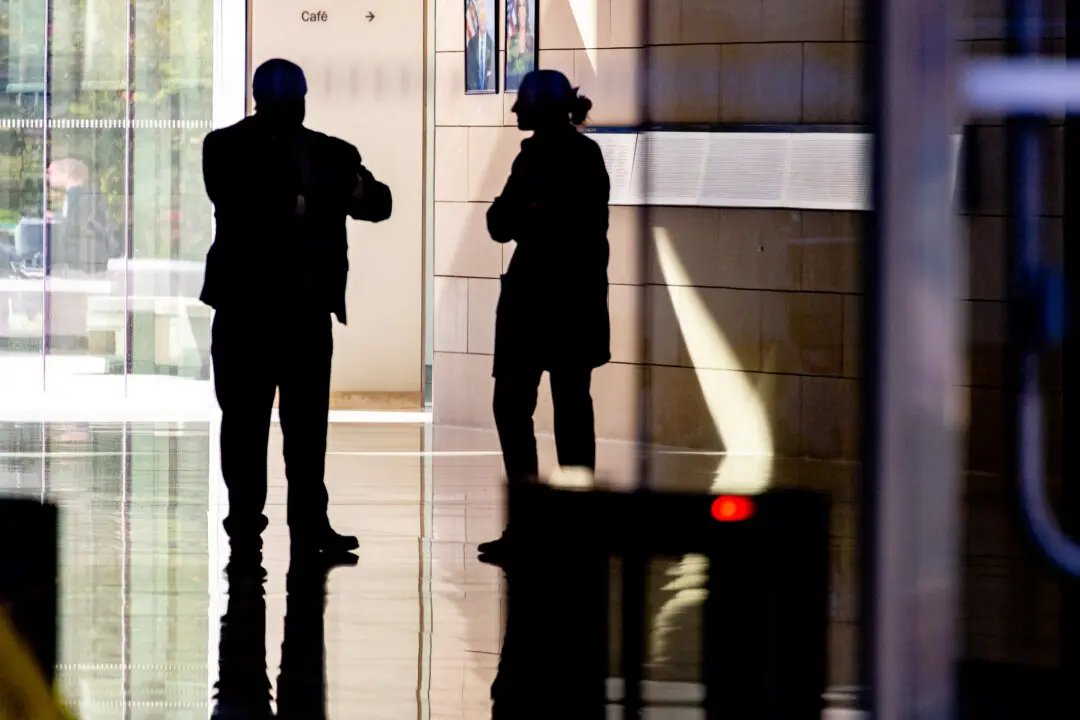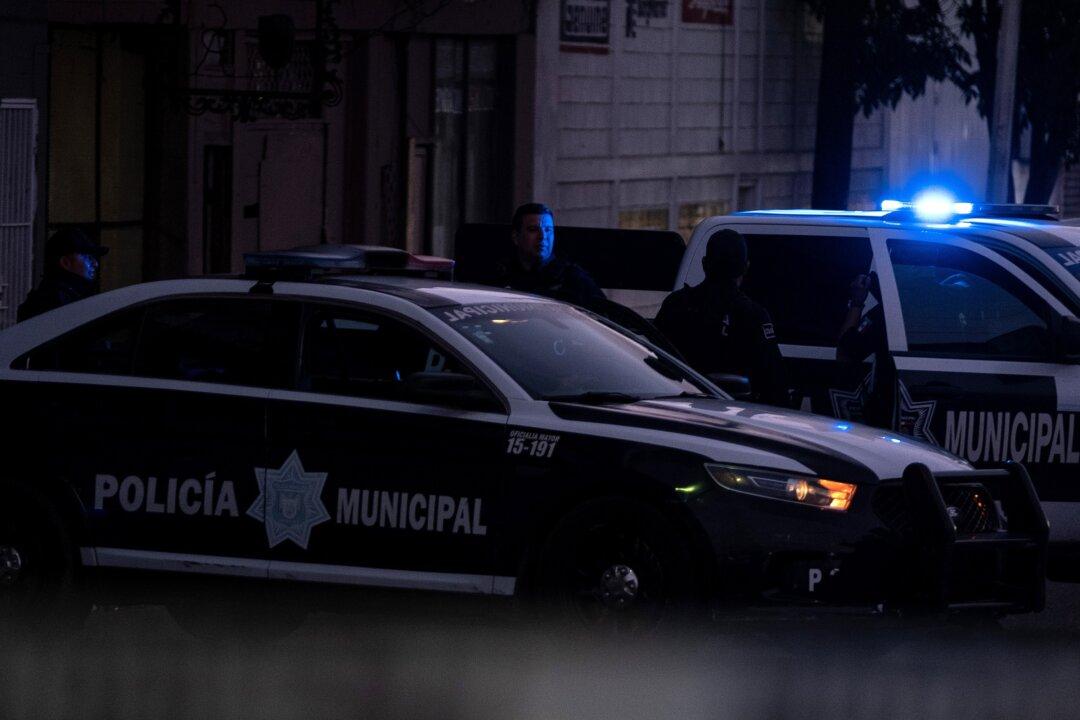SANTA ANA, Calif. (CNS)—Orange County on Nov. 23 reported a record number of new COVID-19 cases, including an outbreak at Concordia University and a jump up in hospitalizations, causing some concern among local officials on how to get the message out to the public to discourage holiday get-togethers and other fraternizing.
The county reported 1,422 COVID-19 diagnoses, raising the cumulative case total to 71,116. But the county did not report any new fatalities, leaving the death toll at 1,554.





